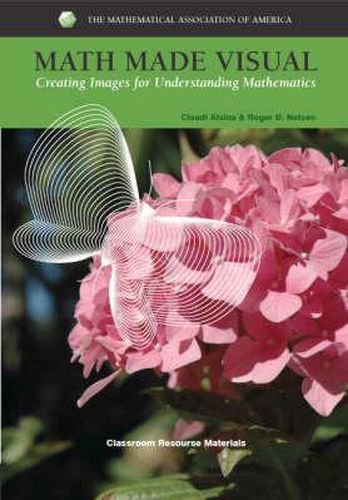Readings Newsletter
Become a Readings Member to make your shopping experience even easier.
Sign in or sign up for free!
You’re not far away from qualifying for FREE standard shipping within Australia
You’ve qualified for FREE standard shipping within Australia
The cart is loading…






The object of this book is to show how visualization techniques may be employed to produce pictures that have interest for the creation, communication and teaching of mathematics. Mathematical drawings related to proofs have been produced since antiquity in China, Arabia, Greece and India but only in the last thirty years has there been a growing interest in so-called ‘proofs without words.’ In this book the authors show that behind most of the pictures ‘proving’ mathematical relations are some well-understood methods. The first part of the book consists of twenty short chapters, each one describing a method to visualize some mathematical idea (a proof, a concept, an operation,…) and several applications to concrete cases. Following this the book examines general pedagogical considerations concerning the development of visual thinking, practical approaches for making visualizations in the classroom and a discussion of the role that hands-on material plays in this process.
$9.00 standard shipping within Australia
FREE standard shipping within Australia for orders over $100.00
Express & International shipping calculated at checkout
The object of this book is to show how visualization techniques may be employed to produce pictures that have interest for the creation, communication and teaching of mathematics. Mathematical drawings related to proofs have been produced since antiquity in China, Arabia, Greece and India but only in the last thirty years has there been a growing interest in so-called ‘proofs without words.’ In this book the authors show that behind most of the pictures ‘proving’ mathematical relations are some well-understood methods. The first part of the book consists of twenty short chapters, each one describing a method to visualize some mathematical idea (a proof, a concept, an operation,…) and several applications to concrete cases. Following this the book examines general pedagogical considerations concerning the development of visual thinking, practical approaches for making visualizations in the classroom and a discussion of the role that hands-on material plays in this process.